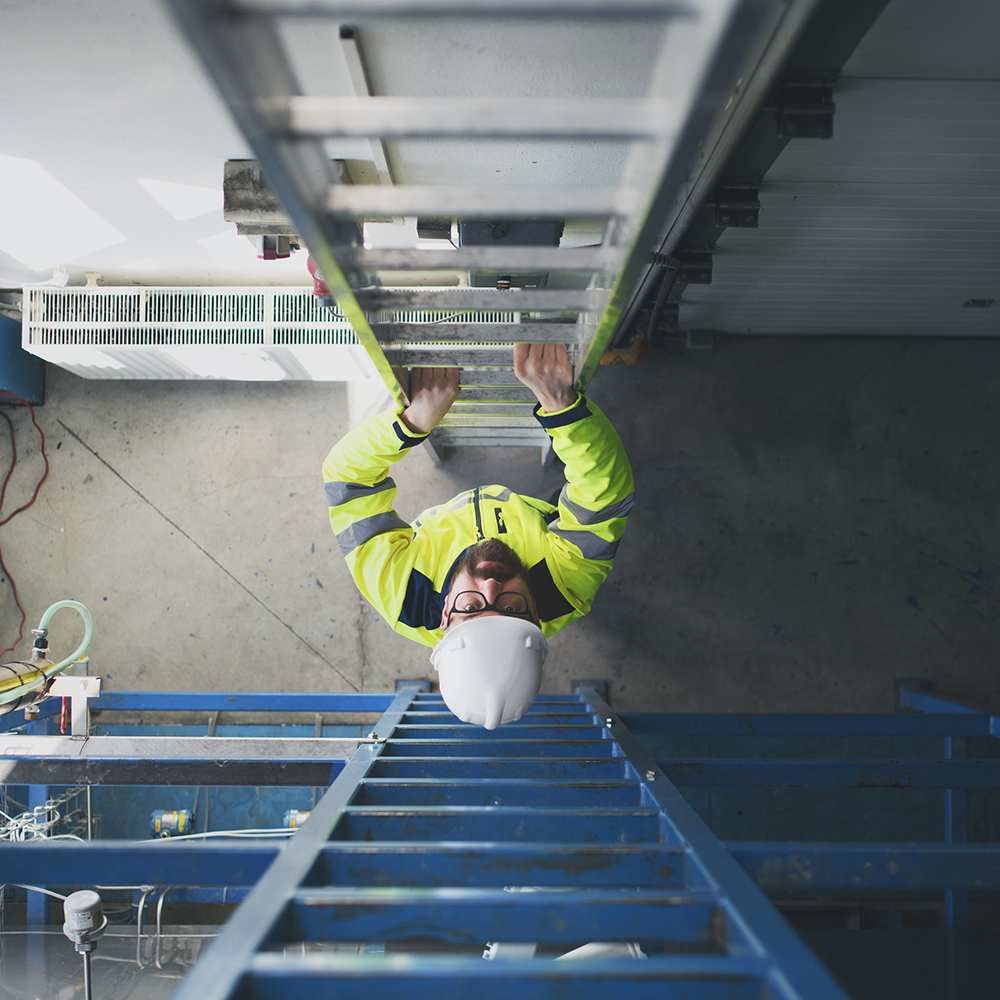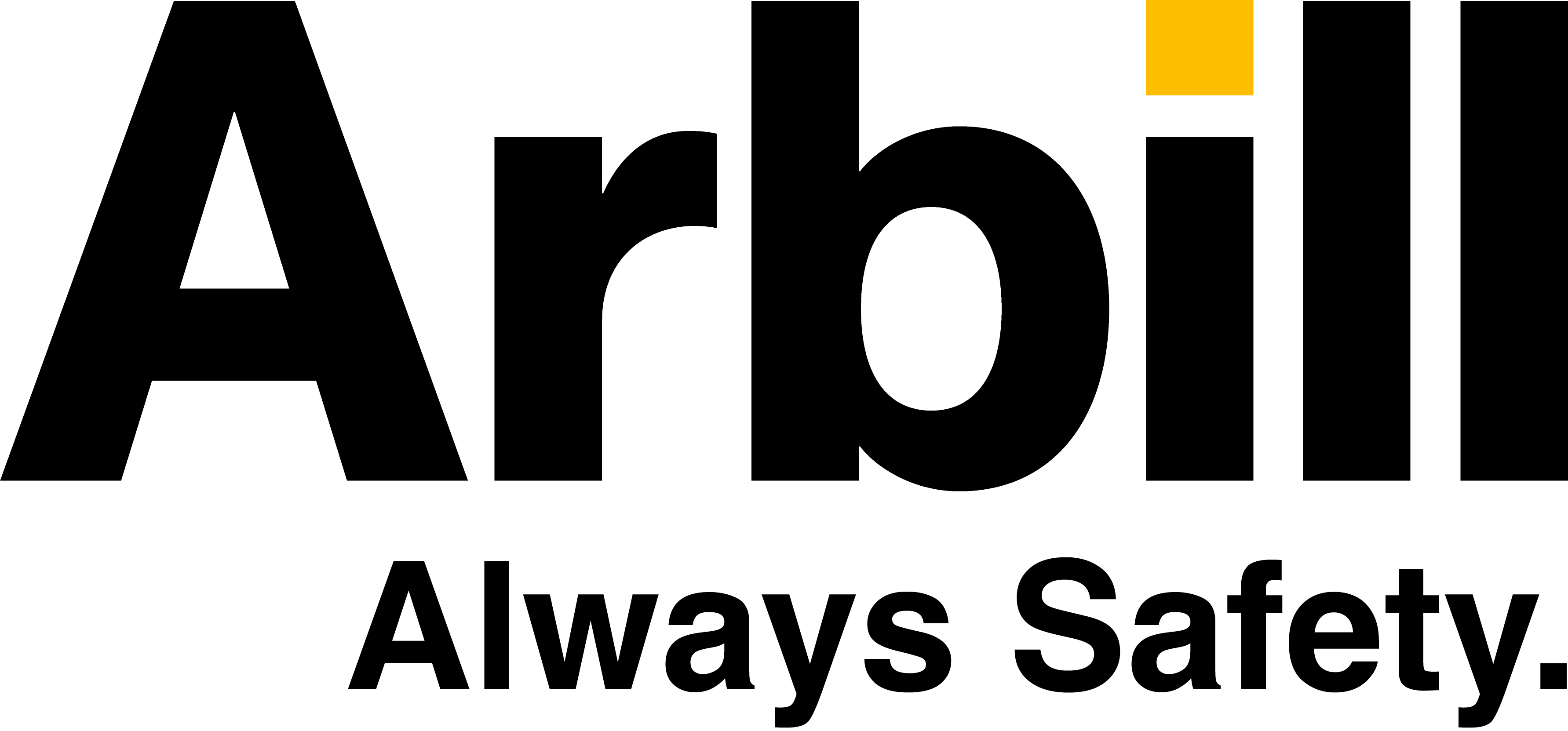When the temperature rises, so do the safety risks. For workers relying on Personal Protective Equipment (PPE), heat, humidity, and sun exposure can reduce the gear’s effectiveness putting lives at risk if not properly maintained.
Sweat can affect how PPE fits and performs. UV rays and heat can weaken materials faster than expected. And poor habits like skipping inspections or storing gear improperly only increase the danger. That’s why summer is the right time to reinforce PPE protocols.
Here are the most common PPE mistakes in hot weather and how safety managers can proactively prevent them.






